Content:
Potatoes are a crop that can be grown without any problems in almost any region, regardless of its climatic characteristics. The only exception to the rule is the Far North, where the summer is so short that the potatoes simply do not have time to ripen. But in the Urals (in the Sverdlovsk Region, Perm Territory), the cultivation of potato crops is quite active. The only condition for obtaining a good harvest is to take into account the specifics of the climate when planting a crop and choose suitable varieties.
Climatic features of growing potatoes
The Ural climate is characterized by a rather late arrival of heat. In this regard, potatoes for the Urals Sverdlovsk region should be planted relatively late. Frosts on the soil in this region in some years can happen even in June. If potatoes are planted too early in the open field, there is a high risk that they will sprout just during the late frost period. If you do not rush to plant the culture, this will not happen.
Experts recommend planting potato planting material in the ground in the second decade of June. Late planting will not only save the plants from a sudden drop in temperature, but will also give shrubs the opportunity to grow from the very beginning under optimal temperature and humidity conditions.
In the process of growing potatoes in the Urals, it is recommended to abandon the use of toxic substances. We are talking about poisons used to combat the Colorado potato beetle. Firstly, late planting itself minimizes the possibility of this parasite emerging. By the time when the invasion of the Colorado potato beetle begins everywhere, there are still no shoots on the late-planted beds. Accordingly, the beetle will simply have nowhere to lay off its offspring, and the disaster will safely bypass the landing. Secondly, one should not forget that winters in the Ural region are quite severe, the soil freezes to a great depth, and in most cases the larvae of the Colorado potato beetle simply do not survive.
The best varieties for the Urals
Horticultural practice shows that not all cultures take root in the harsh and changeable Ural climate. Therefore, potato varieties for the Perm Territory and the Sverdlovsk Region should be chosen with care. Many years of experience in breeding allowed us to obtain a number of potato varieties for the Urals, which are capable of producing an excellent harvest.
Most adapted for growing in the Ural conditions are early, mid-season and universal varieties. The latter are distinguished by their particular unpretentiousness and ability to adapt to any climatic conditions.
Most often, the following varieties are planted in the Urals.
Gala
Gala is a medium early potato variety. Its growing season ranges from 70 to 80 days. The plant is erect, has an average height, blooms in white. The thickness of the stems is average, the leaves are dull green and rather large, moderately agitated along the edges. The growth of the tops is moderate.
Gala potato tubers are medium in size (from 70 to 120 grams), oval, with a yellow and rather dense skin.There are few eyes, they lie at a depth of 1 to 1.3 mm.
This varietal potato is considered to be high yielding. The average number of tubers in one nest can vary from 10 to 16 pieces. Gala is resistant to mechanical damage, Colorado potato beetle and most bacterial, fungal and viral diseases. The culture tolerates transportation well and can be stored for a long period of time without losing its external and taste characteristics.
Lyubava
Another good variety for the Urals is Lyubava. This is an early type of potato - its ripening period does not exceed 70 days. One of the most significant characteristics of this varietal variety is its general unpretentiousness. The soil for planting Lyubava can be almost any. Potato bushes of medium height, semi-erect. The plant blooms with purple flowers with a slight reddish tint. The rind of the tubers is red and of medium thickness. The tubers are oval in shape, the average weight can vary from 110 to 215 grams. The variety belongs to dining rooms and is suitable for preparing any dishes. Potatoes Lyubava can easily transfer transportation over long distances and can be stored without compromising taste throughout the entire winter period. The culture is resistant to most diseases and negative natural factors (drought, temperature changes, etc.).
The governor
Another answer to the question of which potatoes are best planted in the Urals is the Governor variety. He belongs to the early. Its ripening period is no more than 60 days. The bush is of medium height and straight stems with undulating wings. The flowering intensity is rather weak. More than a kilogram can be harvested from one bush per year. The average weight of tubers varies from 120 to 150 grams. The taste is excellent. The Governor potato is characterized by high resistance to most common crop diseases and the Colorado potato beetle. The variety is perfectly transported and stored for a long time.
Despite the fact that potatoes were bred specifically for the Urals, they grow well in other, more climate-friendly regions.
Exotics of the Urals
When choosing which seed material to buy for planting in the Ural region (Sverdlovsk region or Perm region), some gardeners prefer the Exotic Urals potatoes. This variety differs from most others in color. The potato has a blue-violet color both on the outside and on the inside. Moreover, the shade of the tuber does not change even after heat treatment. It is decided to plant such potatoes, first of all, those who are attracted by the description of the variety and everything new and interesting. For the sake of fairness, it should be noted that the Exotic Ural variety is notable not only for its shade. It has excellent taste, it contains many useful trace elements and substances: antioxidants, polyphenols, ascorbic acid.
The tubers are oblong and medium in size (one potato weighs about 150 grams). This type of potato is fruitful, is stored throughout the winter and tolerates any kind of transportation well. The plant is resistant to diseases and parasites.
Vineta
Vinetta is early maturing. At one time, he was eaten away by German breeders for growing in difficult climatic conditions. As a result, this type of potato is optimal for the Urals. Vinetta is not afraid of drought, has a wonderful taste, is well transported. The culture ripens in an average of 65 days. The number of tubers on one bush usually varies from 10 to 12. The mass of one tuber ranges from 70 to 100 grams. The color of the peel of the variety is yellow, and the pulp is light yellow. The plant blooms with white or pale purple flowers. Various dishes can be prepared from Vineta. These potatoes retain their shape and color even after prolonged heat treatment.
Other varieties
The above names of varieties are by no means limited to the possibilities of the Ural region in terms of growing potatoes. In addition to them, the following varietal varieties also take root and give a good harvest in the region: Balabay, Equator, Sante, Spiridon, Nevsky, Udacha, Alena, Bashkirsky, Vesna Belaya, Zhukovsky Early, Skoroplodny, Bullfinch, Bezhitsky, Korona, Lukyanovsky, Oridezhsky, Svitanok Kievsky, Fairy Tale, Effect, Aspiya, Lugovskoy, Belousovsky, Nikulinsky and others. A detailed description of the listed varieties can be found on the Internet without any problems.
Planting the first potato variety that comes across in the Urals is not recommended in the most urgent way. The choice of planting material should be approached with all thoroughness. Indeed, in the end, the future harvest largely depends on the correctness of the selected variety. This is especially true for the Urals, where the climate is neither mild nor stable.
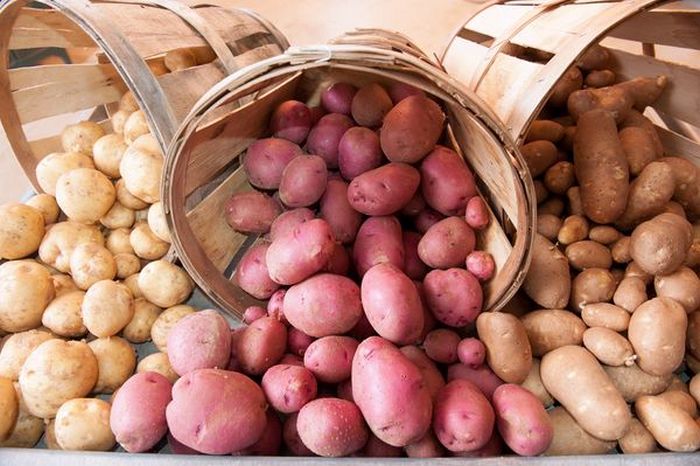
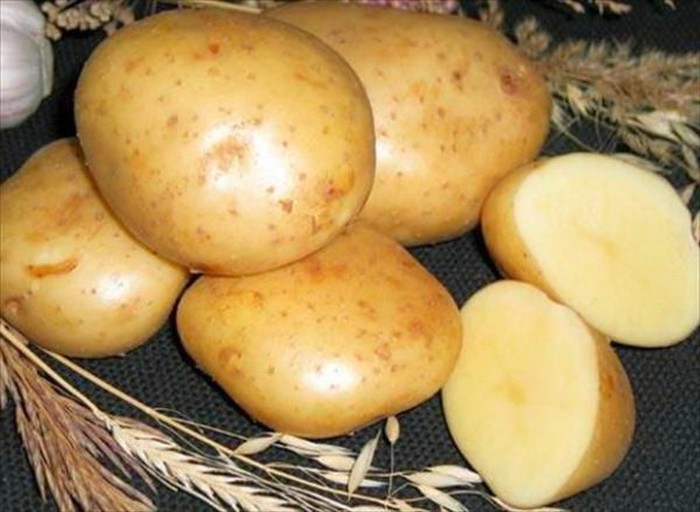
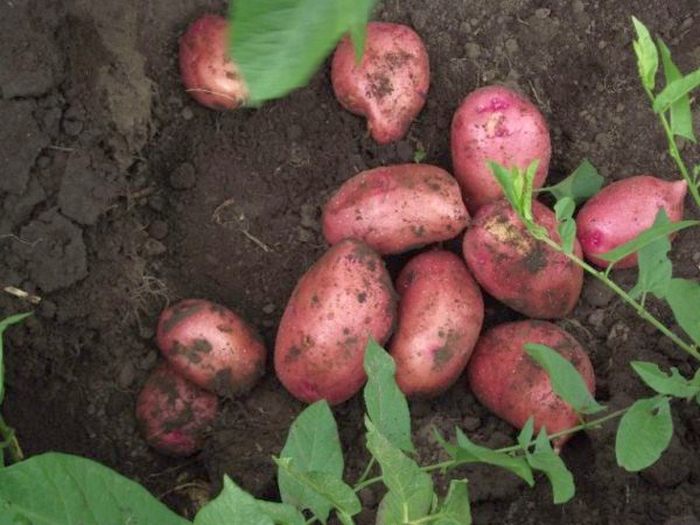
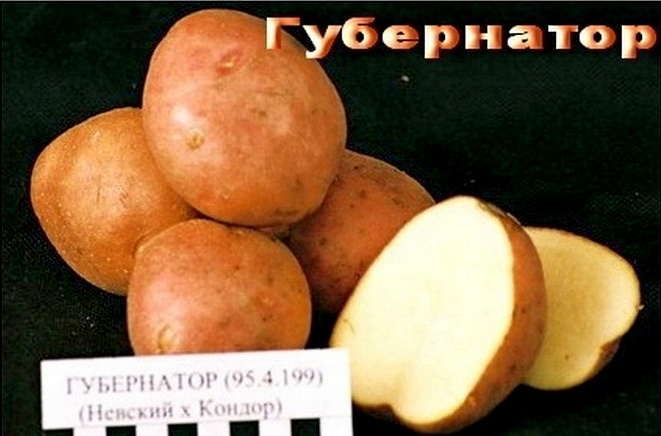
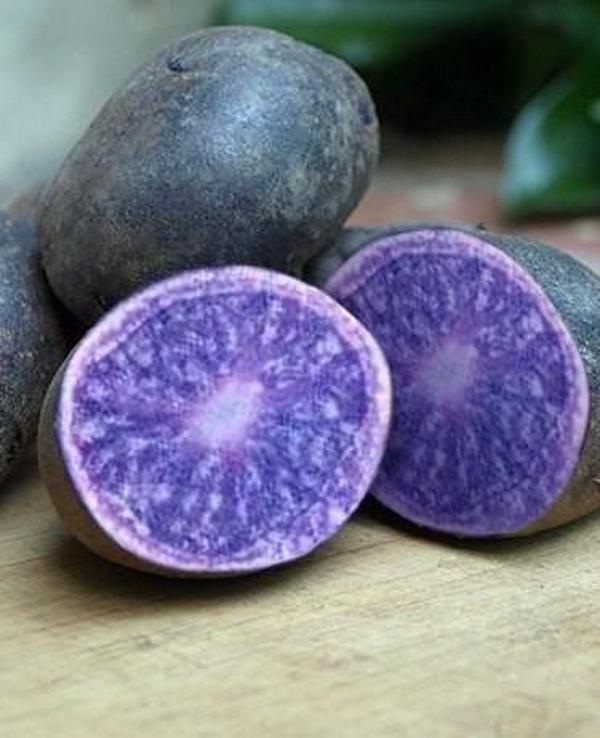
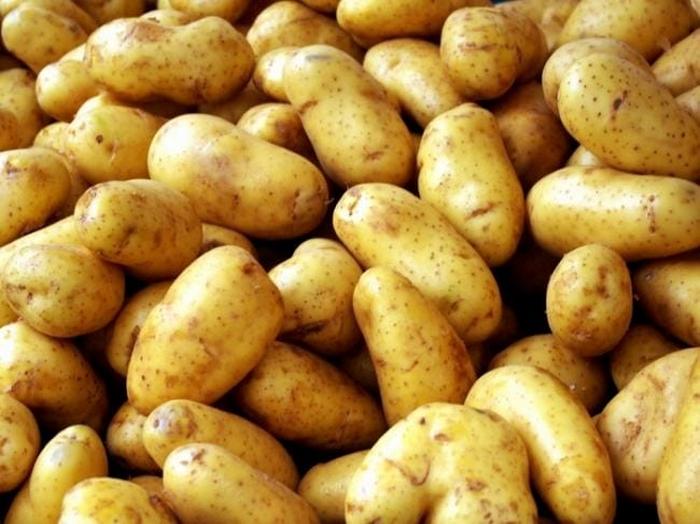




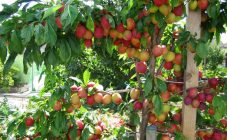

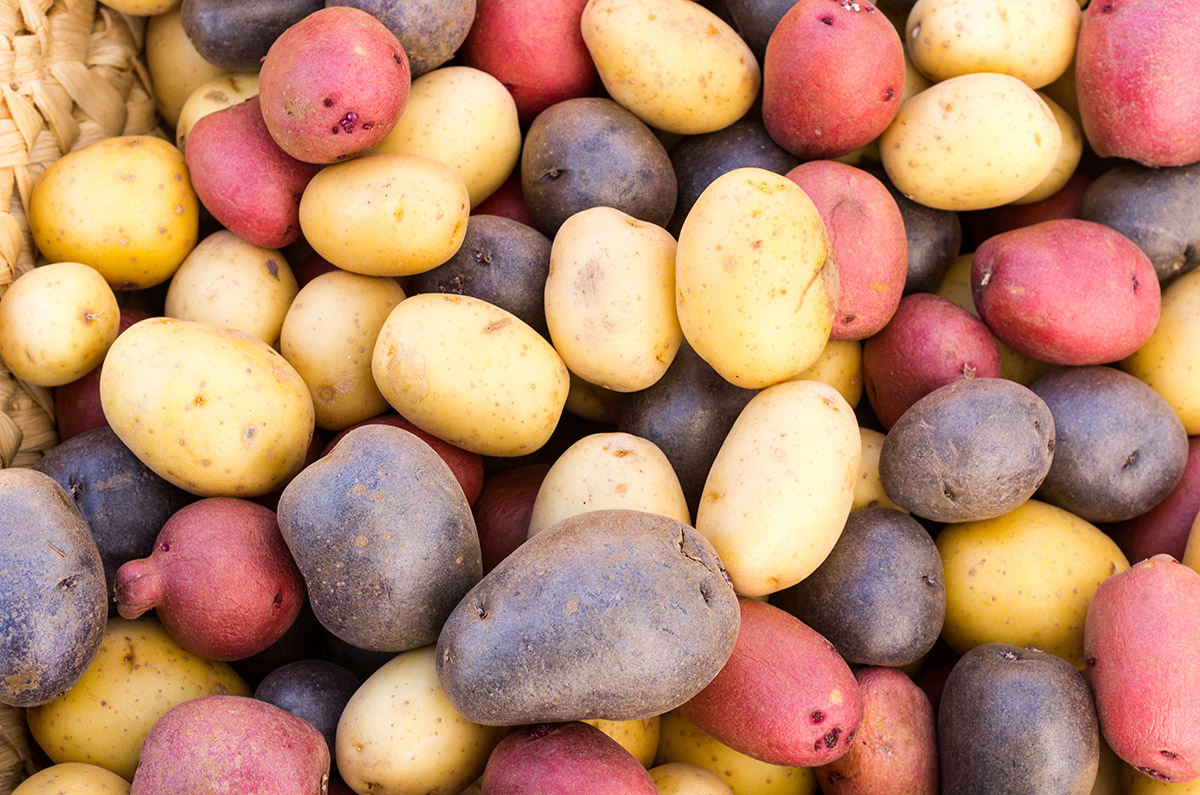







I live in the Urals. We usually plant Lyubava and you write correctly - this is an unpretentious variety and is able to withstand various diseases. Puree from such potatoes is very tasty.
How many varieties have I tried on my 6 acres, but settled on the Gala variety. The yield has been excellent for the second year already, the fruits are large, even, and when cooking the potatoes are crumbly, which I really like!